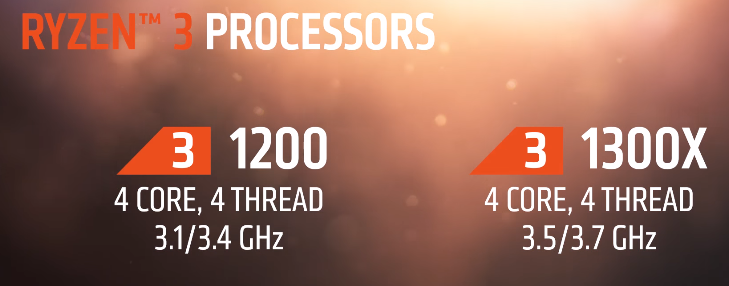Specs and prices for AMD’s upcoming Ryzen Threadripper CPUs have been announced, as well as a general release date. The 12C/24T 1920X and 16C/32T 1950X will be available worldwide starting in “Early August,” with prebuilt Alienware systems available for preorder starting July 27th. According to AMD:
“Both are unlocked, use the new Socket TR4, have quad-channel DDR4, and feature 64 lanes of PCI Express. Base clock on the Ryzen Threadripper 1950X 16-core product is 3.4 GHz with precision boost to 4.0 GHz. On the Ryzen Threadripper 1920X 12-core product, the base clock is 3.5 GHz with precision boost to 4.0 GHz.”
As an aside, manufacturers informed GamersNexus at Computex that board release dates are targeted for August 10. It’s possible that this date has changed in the time since the show, but that seems to be the known target for Threadripper.
As far as lane count, the 64 lanes are split as 4x to the chipset, with the remaining 60 assignable to PCIe devices.
AMD’s announcement video didn’t offer much in the way of hard numbers, but it did include a simple Cinebench test versus the i9-7900X. Those scores were 2167 for the i9, 2431 for the 1920X, and 3062 for the 1950X. These numbers should obviously be taken with a grain--or a bucket--of salt for a several reasons, but higher threadcounts do tend to be a massive advantage in Cinebench specifically, and it’s one test where the 1950X should actually be able to take advantage of all 32 threads. For reference, we found the i9-7900X to perform with a score of 2223, or 2484.9 when overclocked.
The Threadripper CPUs are being presented as competitors to Intel’s i9-7900X which, at about $1000 MSRP, is the same price as the 1950X. You can read our review of the i9 here, and it’s likely that our impressions of Threadripper will follow the same pattern: pointless for VR, pointless for exclusively gaming, but strong in streaming and production tasks that benefit from the additional threads. This tends to be how high thread-count CPUs fall in different tasks. Games generally care more about frequency than threads (beyond 4-8, anyway), making TR better deployed for production tasks.
Less sensational (but still important) was the re-announcement of the 4C/4T Ryzen R3 processors, available July 27th. In terms of thread/core count, the R3s are analogous to Intel’s i5s, but given the pattern of Ryzen’s release, they’ll likely be more budget-friendly (the R5 1400 launched with an MSRP of just $170). We’ve discussed Intel’s own internal competition in the budget range, and it will be interesting to see how a cheap 4-core processor competes with Intel’s current offerings.
Editorial: Patrick Lathan
